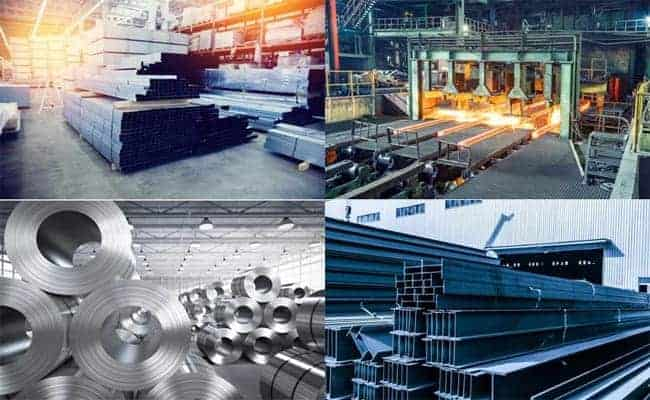How Iron and Steel Fuelled the Industrial Revolution
The Industrial Revolution, spanning from the late 18th to the 19th century, was a transformative period that reshaped economies, societies, and industries worldwide. At the heart of this transformation was iron and steel, which played a critical role in advancing machinery, infrastructure, and transportation systems. The rapid development of steel product manufacturing revolutionized multiple sectors, paving the way for large-scale industrial growth.
The Role of Iron and Early Steel Production
Before the widespread adoption of steel, iron was the primary metal used in construction and manufacturing. The development of blast furnaces allowed for higher production levels, but iron’s limitations in strength and flexibility led to the need for more advanced materials. The introduction of the Bessemer process in the mid-19th century changed the landscape of steel manufacturing company Bangalore and beyond, enabling mass production of steel at a lower cost. This innovation propelled industries such as railway expansion, shipbuilding, and construction, making steel the backbone of industrial progress.
Expansion of Steel Factories and Infrastructure
With the advent of large-scale steel factory operations, industries saw unprecedented growth. Bridges, railways, and buildings were now constructed using stronger and more durable materials. The ability of steel factory manufacturers to produce steel at an accelerated rate meant that urbanization could advance rapidly. Cities expanded as factories, skyscrapers, and railway networks spread across continents, connecting trade routes and enabling efficient transportation of goods and raw materials.
The Growth of Steel Groups and Global Trade
The rise of steel group enterprises played a significant role in industrial expansion. These groups facilitated large-scale production, research, and development of new steel-based products. Countries such as the United States, Britain, and Germany led the way in global steel production, with major companies innovating in areas like alloy development, high-strength steel, and corrosion-resistant materials. The increased production capacity allowed economies to shift from agrarian-based systems to industrial powerhouses, influencing global trade patterns.
Steel’s Influence on Machinery and Engineering
The evolution of steel manufacturer in India and worldwide manufacturers was instrumental in developing new machinery for textile mills, mining operations, and transportation. The durability and versatility of steel enabled the creation of powerful steam engines, locomotives, and factory equipment. The mechanization of industries improved efficiency and output, leading to mass production in textiles, automotive manufacturing, and agriculture.
The Lasting Impact on Modern Industries
The Industrial Revolution’s reliance on steel product manufacturing set the foundation for modern industries. Today, the legacy of steel can be seen in various sectors, from construction to aerospace. The advancements in metallurgical sciences continue to enhance the quality and sustainability of steel production, making it an essential material in contemporary development projects.
CONCLUSION:
Iron and steel were the driving forces behind the Industrial Revolution, enabling innovations that reshaped the global economy. The rise of steel manufacturing company Bangalore, steel factory, and steel factory manufacturers created the foundation for industrial and urban development. Today, steel remains a fundamental component of infrastructure, machinery, and engineering advancements. As industries continue to evolve, companies like A One Steel Group play a vital role in driving progress and ensuring high-quality steel production for modern applications.





Comments
Post a Comment